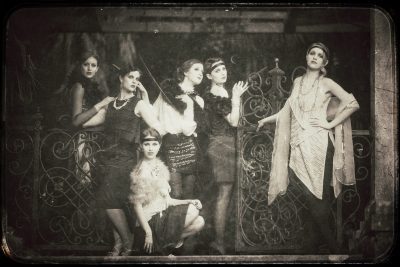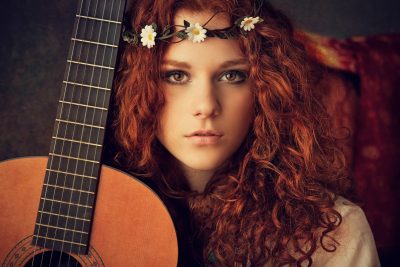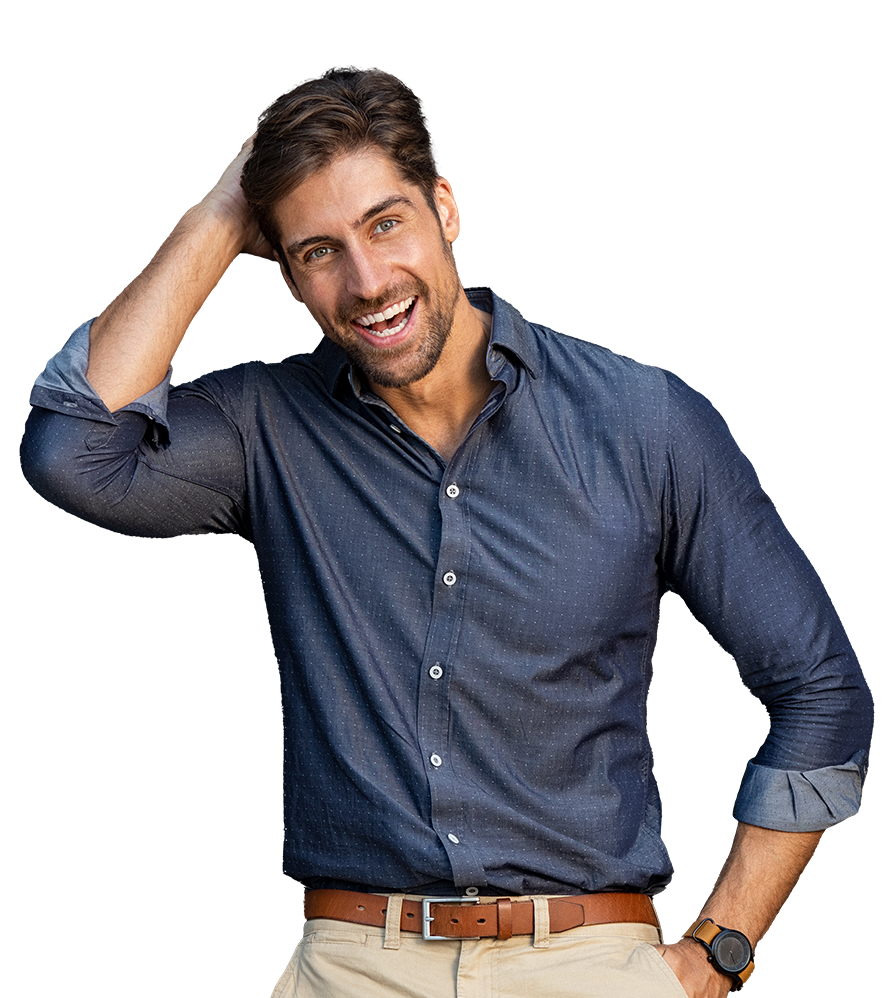You can tell a lot about a person by how they wear their hair. In fact, hairstyles don’t just express fashion trends, they offer a glimpse into societal trends and current cultural norms. Hair can even be used to convey political statements. Today, no single hairdo or style appears to dominate like those of prior decades, but that is a trend of its own.
decades, but that is a trend of its own.
Follow along as we explore the fascinating history of women’s hairstyles through the decades in North America.
1910s
The beginning of the 20th century was characterized by the transition from confined hairstyles to loose top knots or fluffy bouffants for a soft, effortless, and more natural look. Dubbed the Gibson Girl hairstyle, it was one of the most popular styles amongst middle and upper class women.
1920s
The Jazz decade brought about the Bob, a hairstyle trend created by Irene Castle. Castle was a famous ballroom dancer who supposedly cut her hair short just before undergoing surgery for appendicitis. She did so thinking short hair would be easier to care for as she recovered. Once the public saw her short cut, they went wild and so the Castle Bob was born.
1930s
Named for French stylist François Marcel, Marcel waves were created by using a heat iron to crease the hair into a wavelike pattern, pinching it into an S-shape at the crease, and using bobby-pins and pomade to keep the curls in place. This hairstyle was favored by Myrna Loy and Jean Harlow.
1940s
The 1940s saw a dramatic loosening of the Marcel waves of the 30’s, resulting in “femme fatale” or “peek-a-boo” waves that covered one side of the face for a sensual, glamorous, and mysterious look. It was a trademark hairstyle of Hollywood stars such as Rita Hayworth and Veronica Lake.
1950s
In the 1950s, a variety of shorter hairstyles were trending once again. These included the “Italian cut” – tousled pinned back curls and head scarves – the Marylin Monroe look, sleek chignons, short fringes, and the French pleat.
included the “Italian cut” – tousled pinned back curls and head scarves – the Marylin Monroe look, sleek chignons, short fringes, and the French pleat.
1960s
The sixties were marked by the sky-high beehive, the flipped Bob (think Jacqueline Kennedy), the Bombshell, pixie cuts, afros, and hippie hair. Hair became a symbolic representation of the social changes occurring in the 1960s
1970s
The 1970s (and even late ‘60s) saw the popularity of the afro – a hairstyle that became a symbol of Black identity. It was a form of expression and communication for the Black community. Additionally, the feathered look became popular for both men and women, comprised of long, layered, bouncy waves.
1980s
Here comes big hair! Women and men alike began getting perms to achieve big, curly heads of hair while others “reverse-combed” to add volume. Copious amounts of hairspray added the finishing touch.
1990s
One of the most popular styles of the 1990s, the “The Rachel”, made popular by the F.R.I.E.N.D.S star Jennifer Anniston. It was characterized by mid-sized bangs and layering. Braids as well as sleek, straight styles were also popular at the time.
2000s
The beginning of the 21st century saw a variety of hairstyles like the half-up, half down with a pouf, the return of the Bob and pixie cuts, as well as the addition of the emo look – a jagged, eye-covering banged hairstyle.
2010s
This decade saw a turn toward a more natural look with long, luscious waves. Ombre hair coloring also became popular along with “sun kissed” beachy waves.
2020s
While we don’t know what the next eight years will bring, this decade embraces a more natural look, with women embracing their hair types.
If you’re unable to take part in any fashionable hair styling because of thinning hair or bald spots, we can help get with the times and gain back some lost self-esteem. Simply contact DiStefano Hair Restoration Center for a free consultation and a good sense of how much we transform your appearance.


